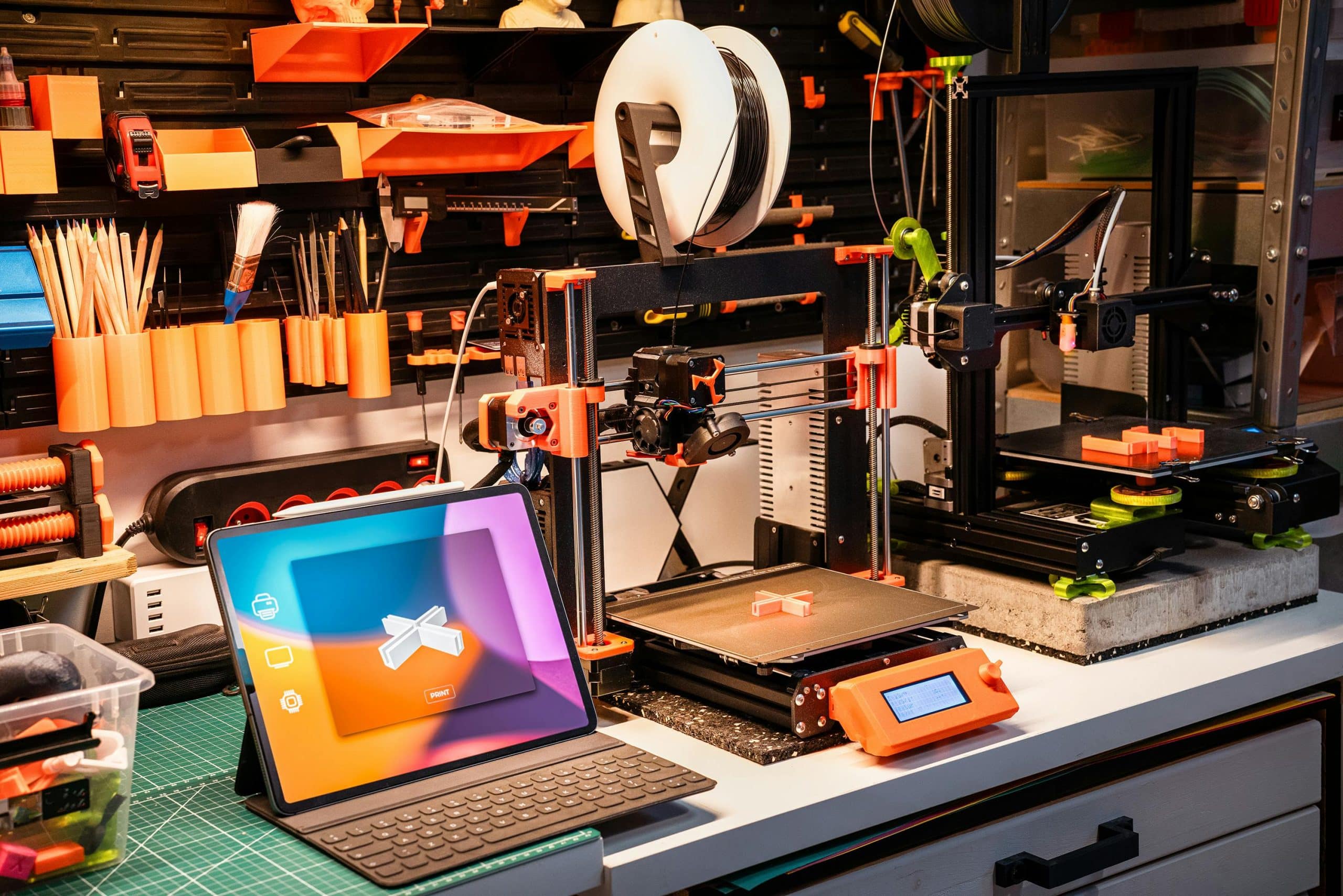The advent of 3D printing technology has revolutionized numerous fields, with the medical industry being one of the most significant beneficiaries. The merging of microscale technology with 3D printing is resulting in extraordinary advancements, deemed as transformative by many scholars. The innovative technology integrates high-resolution microscale additive manufacturing that allows for the creation of intricate and precise structures. These advancements are opening unparalleled possibilities in the biomedical field, specifically in the engineering of medical devices. Before diving into the details of how 3D printing is being utilized in medical applications, it’s important to understand the basics of this cutting-edge technology.
Understanding Microscale 3D Printing
Microscale 3D printing, also known as microscale additive manufacturing, is a process that utilizes high-precision technology to produce micro-sized parts and components. These components are so tiny that they are often measured in micrometers, hence the term ‘microscale’. This technology has elevated the printing process to a whole new level, allowing for the creation of objects with intricate structures and exceptional precision.
Also to see : How Can UK Homeowners Incorporate Smart Appliances for Energy Savings?
The foundation of this technology is a technique known as Photolithography. It involves projecting a beam of light onto a photosensitive material, which is then hardened and turned into a solid structure. The level of precision allows for the creation of structures with intricate shapes and dimensions that weren’t previously possible with traditional manufacturing methods.
This technology has gained significant attention from various fields, but its application in the medical industry is particularly noteworthy. Its ability to create high-resolution microscale devices opens up a new world of possibilities for the medical field.
Also read : What’s the Impact of Self-learning AIs on UK’s Educational System?
The Intersection of Microscale 3D Printing and Medical Devices
The implications of microscale 3D printing for medical devices are wide-ranging and profound. This technology is being utilized to manufacture devices with complex geometries and intricate features at a microscale. Its precision and efficiency have made it an appealing choice for the production of medical devices.
One of the most noteworthy applications of microscale 3D printing is in the field of drug delivery devices. These devices are designed to deliver specific amounts of medication to patients at controlled rates. The precision of microscale 3D printing allows for the creation of devices that can deliver drugs with great accuracy, potentially enhancing the efficacy of treatments and minimizing side effects.
Another promising application of this technology is in the field of microfluidic devices. These devices regulate and control the flow of tiny amounts of fluids, and are commonly used in labs for various experiments and processes. The precision offered by microscale 3D printing makes it an ideal choice for the production of these devices.
The Impact of Microscale 3D Printing on Biomedical Engineering
Biomedical engineering has been significantly impacted by the advent of microscale 3D printing technology. This technology has enabled researchers and biomedical engineers to design and manufacture devices at a microscale, with intricate structures and unprecedented precision.
The potential applications of this technology in biomedical engineering are vast. For instance, it is being used in tissue engineering where it contributes to the creation of tissues and organs for transplantation. More specifically, microscale 3D printing technology allows for the production of scaffolds – structures that provide a base for the growth of new tissues or organs.
Moreover, this technology is being utilized to create micro-implants, tiny devices implanted into the body to monitor or treat various conditions. Such implants require a high degree of precision in manufacturing, something that microscale 3D printing can deliver.
The Road Ahead: Potential and Challenges
The potential of microscale 3D printing in the medical field, particularly in the creation of medical devices, is abundant. The technology has already shown significant promise in areas such as drug delivery and tissue engineering, and researchers are continuously exploring new applications.
However, like any other technology, microscale 3D printing also faces certain challenges. One of the primary challenges is the need for further advancements in materials. Currently, the range of materials that can be used in microscale 3D printing is relatively limited. As the technology evolves, it is expected that new materials will become available, expanding the possibilities of what can be achieved.
Moreover, as with any new technology, there are also regulatory considerations. Devices made using microscale 3D printing must be thoroughly tested and approved by regulatory bodies such as the Food and Drug Administration before they can be used clinically.
Despite these challenges, the future of microscale 3D printing in the field of medical devices looks promising. Its ability to create intricate, high-resolution structures at a microscale presents numerous opportunities for innovation and advancement in the medical field. More research and development in this area will undoubtedly unlock even more potential applications, transforming the landscape of medical device manufacturing.
Advancements in Microscale 3D Printing Materials and Techniques
In the realm of microscale 3D printing, scientists continue to push the boundaries of what’s possible with innovative materials and techniques. One of the major challenges in microscale printing is the limited range of materials that can be used. However, researchers are tirelessly working on expanding these possibilities.
Inkjet printing, one of the oldest types of 3D printing technology, has found new life in the microscale realm. It allows for the precise deposition of tiny droplets of material, enabling the creation of intricate structures. Researchers are currently studying the mechanical properties of the printed structures to further enhance their functionality and durability.
Similarly, other printing methods such as selective laser sintering and fused deposition modeling are being adapted and fine-tuned for microscale manufacturing. These methods have proven to be efficient in producing high-resolution structures, and their potential for future advancements is being actively explored in the scientific community.
New materials are also being developed and tested. For instance, nano dimension materials are showing promise in microscale printing. The use of these materials could potentially allow for the creation of structures that are not only micro in size, but also have nano-scale features.
The advancements in materials and techniques for microscale 3D printing are being documented and shared on platforms like Google Scholar, allowing for global collaboration and knowledge sharing among researchers. This is contributing to the rapid evolution of this technology.
Conclusion: Microscale 3D Printing – A Gateway to Future Medical Innovations
The potential of microscale 3D printing in the field of medical device manufacturing is immense. As this technology continues to advance, it keeps opening new doors for innovative applications. From drug delivery devices to micro-implants, and from tissue engineering to microfluidic devices, the possibilities are wide-ranging and impactful.
However, the road ahead is not without its obstacles. The need for new materials and the adaptation of existing printing techniques for microscale manufacturing are pressing challenges. Moreover, thorough testing and approval from regulatory bodies are crucial to ensure the safety and effectiveness of the devices produced.
Despite the challenges, the progress that has been made in this field is remarkable. The ability to create intricate, high-resolution structures at a microscale is transforming the landscape of biomedical engineering and has the potential to revolutionize healthcare. As we continue to broaden our understanding and capabilities in microscale 3D printing, we can look forward to a future where medical treatments are more efficient, less invasive, and highly personalized.
Certainly, the journey of unveiling the full potential of microscale 3D printing technology is an exciting one. And as we navigate through this path, the evidence is clear: Microscale 3D printing is not just a passing trend but a revolutionary tool that could shape the future of medicine.











